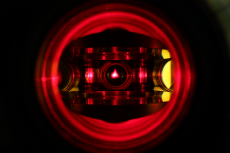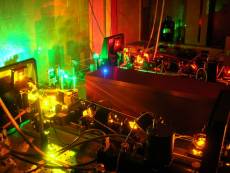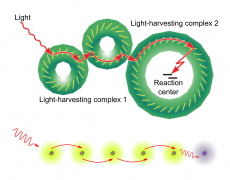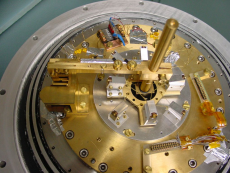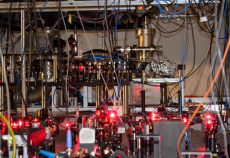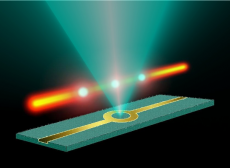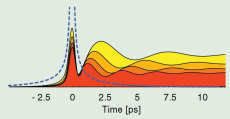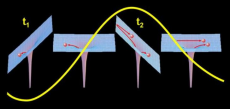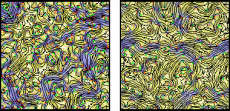CQD Special Seminar
2. August 2017 14:00
Konferenzraum 4, 01.106, Physikalisches Institut, INF 226Dynamical disentangling and cooling of atoms in bilayer optical lattices
Dr. Adrian Kantian
Nordita, KTH Royal Institute of Technology and Stockholm University
In this talk I will discuss how experimentally available bilayer lattice systems could be used to prepare quantum many-body states with exceptionally low entropy in one layer, by dynamically disentangling the two layers. In regimes where all single particle excitations are gapped in one layer, disentangling maps directly to effective cooling of that layer, by shuttling entropy into the other layer. For both bosonic and fermionic atoms, we study the corresponding dynamics showing that disentangling can be realised cleanly in ongoing experiments. The corresponding entanglement entropies are directly measurable with quantum gas microscopes, and as a tool for producing lower-entropy states, this technique opens a range of applications beginning with simplifying production of magnetically ordered states of bosons and fermions.

